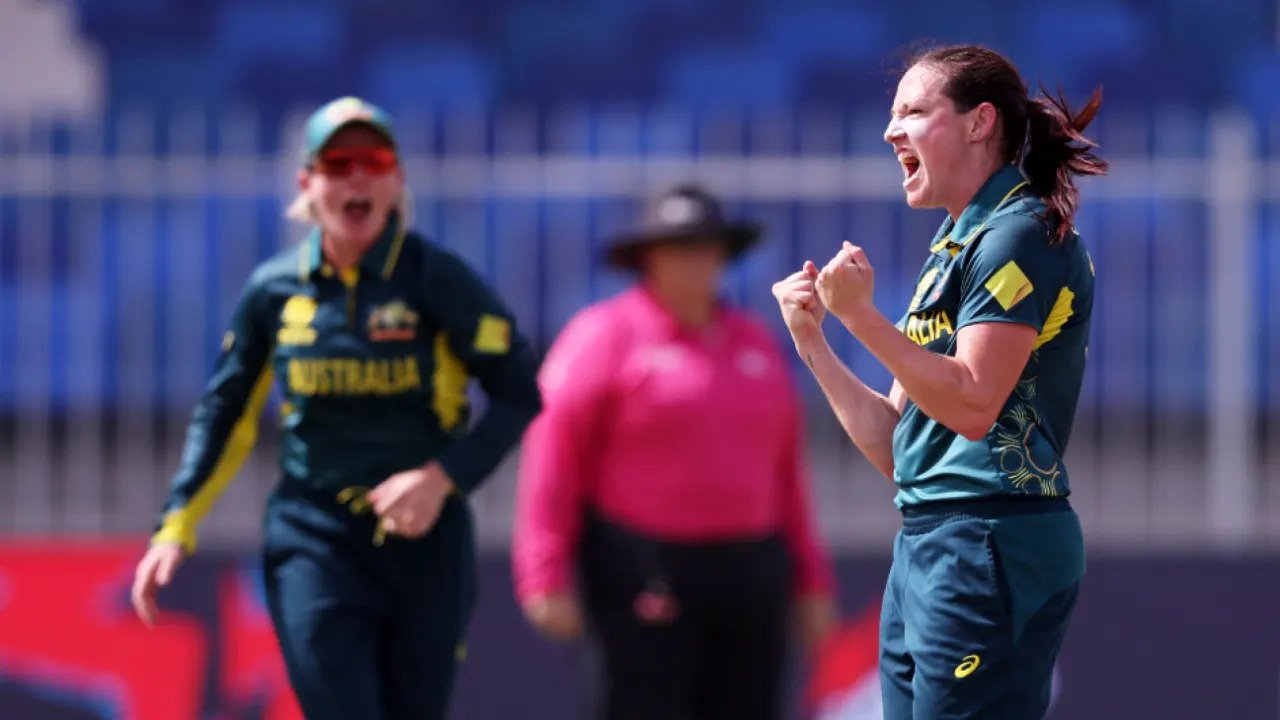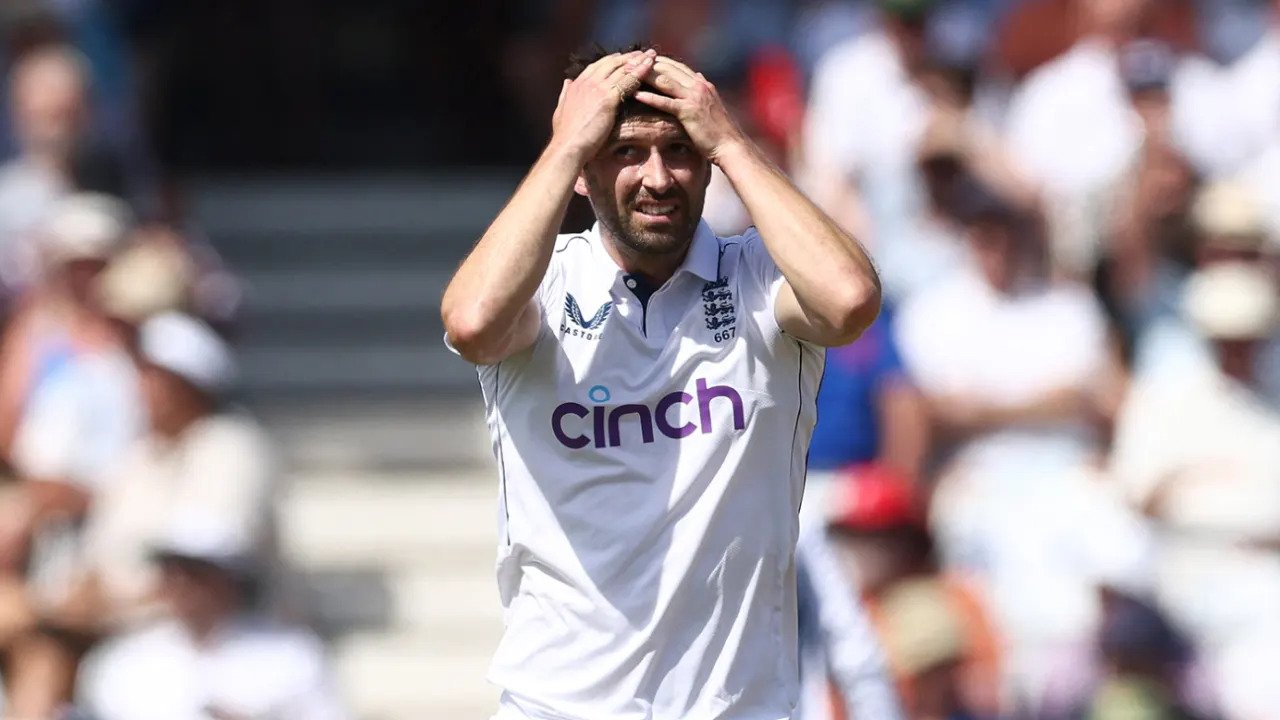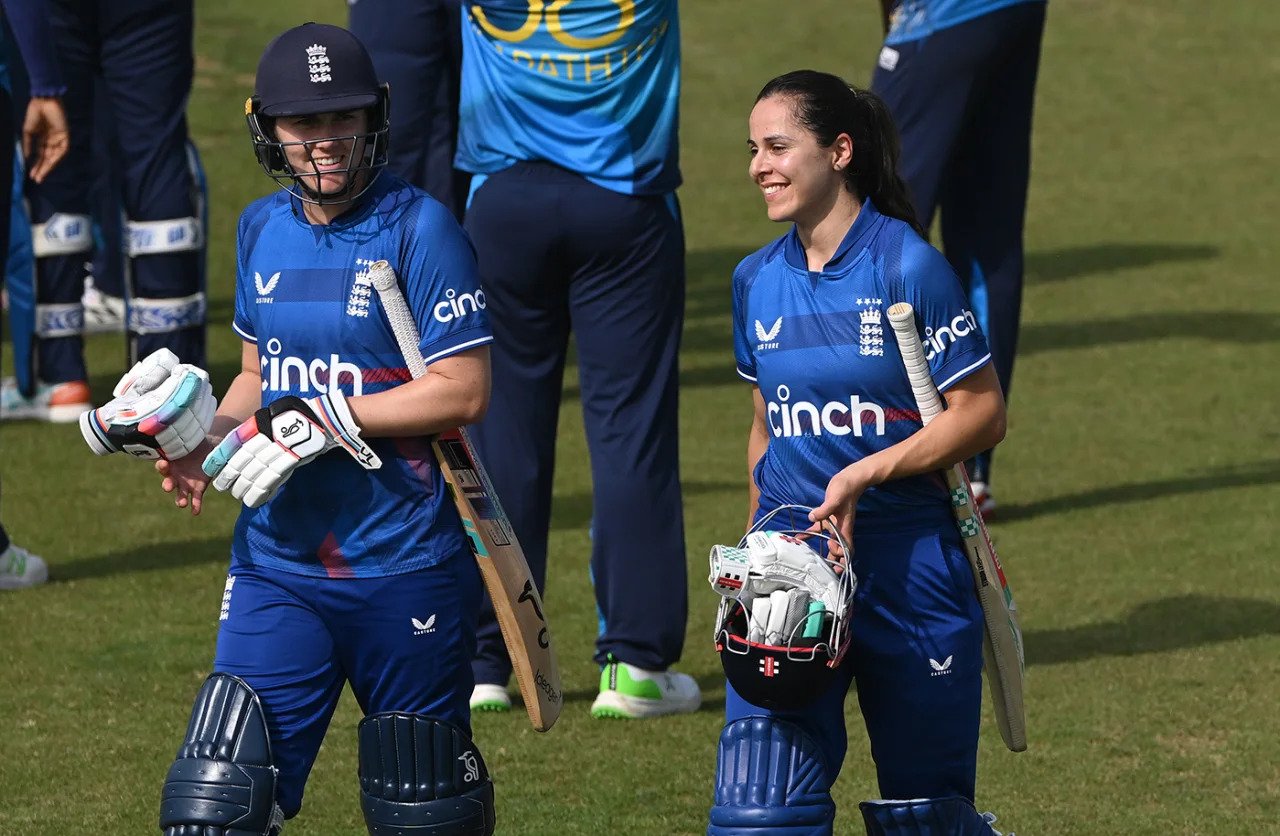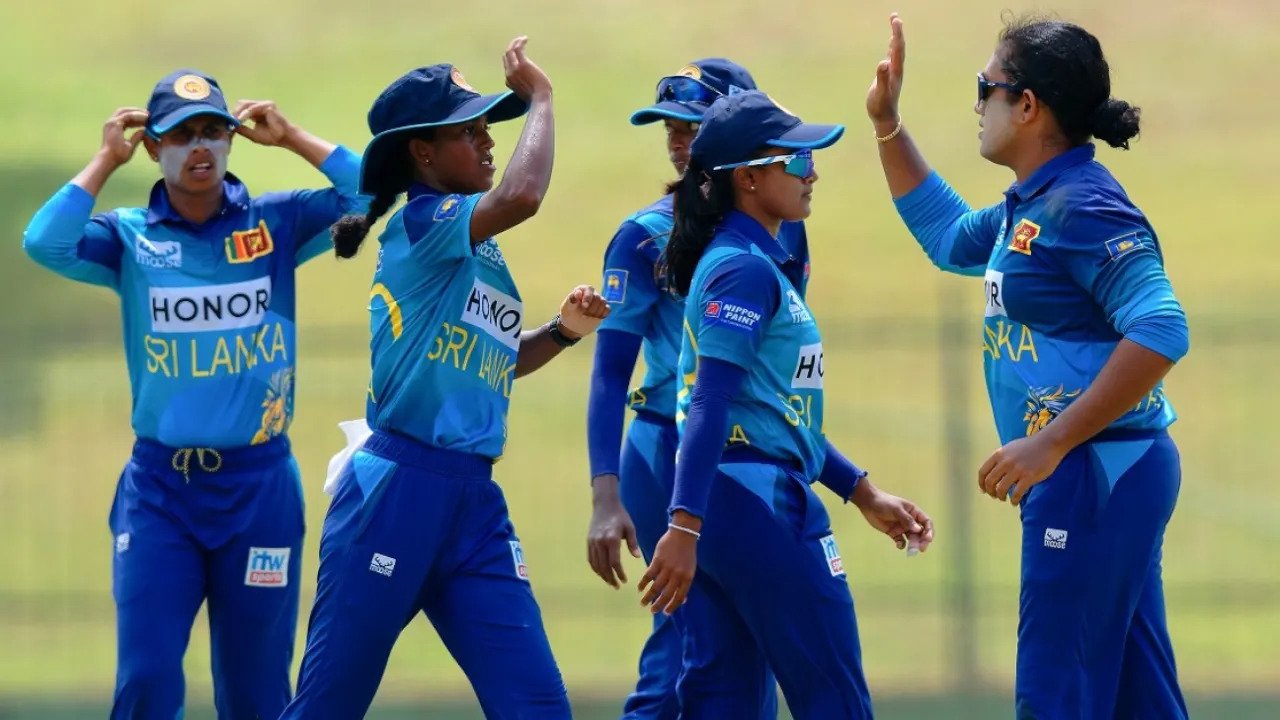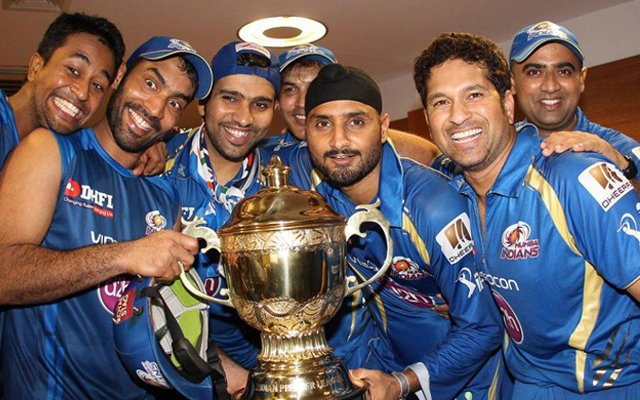Joe Root’s 33rd Test century and Gus Atkinson’s maiden half-century help England secure a strong position on the first day of the second test match against Sri Lanka.
Joe Root once again showed off his batting brilliance at Lord’s, notching his 33rd Test century and leading England to 358 for 7 on the opening day of the 2nd Test against Sri Lanka in an exciting match. The cornerstone of England’s innings was Root’s century, his sixth at this famous ground, as they rallied from vulnerable positions to finish the day in commanding shape.

Key Performances and Match Scorecard
England 358 for 7 (Root 143, Atkinson 74*, Kumara 2-75, Rathnayake 2-80) vs Sri Lanka.
The decision leant more in favor of the latter as Joe Root ripped off his sixth Test century at the historic stadium. Gus Atkinson compounded Sri Lanka’s suffering with his first Test half-century, and while the bowlers worked tirelessly till the end of the day to earn back their captain Dhananjaya de Silva’s faith in them, England had struggled their way into a more and more solid position.
There was light on the England batting card after Root, and Dhananjaya may be kicking himself for not being able to get Paul Reiffel to wave an LBW appeal when Root was on 11, with the DRS reversing an umpire’s call. Atkinson’s flawless knock of 74 at number eight was the next highest, and it was mostly due to his 92-run partnership with Root that England was unable to pull off what appeared to be a perfectly fine batting performance.
Root’s innings saw him surpass Cook for the most Test runs scored in England (and Wales) with 143. It will now likely just be a matter of weeks, if not days, until he surpasses Cook’s record for his nation. Root and Alastair Cook have 33 Test hundreds between them. No one will have more entries on the Lord’s batting honours board than Michael Vaughan, Graham Gooch, and Root once the engraver has completed his work.
Root was his team’s batting rock once more after leading England past the winning post at Old Trafford a few days prior. Similar to the first Test, Sri Lanka bowled brilliantly to threaten England’s opening stand but fell short of the mark. After England was 130 for 4 and then 216 for 6, Root and Atkinson and Jamie Smith quickly put together the two largest partnerships of the innings. Then, as the shadows became longer, Atkinson and Matthew Potts constructed an uninterrupted stand of precisely fifty.
It was not exactly a Lord’s shirtfront from the mid-2000s, but the atmosphere was calm the entire time. Although Dhananjaya had reasoned that there is “always swing in the first hour” when choosing to bowl, few of England’s top order could honestly claim to have been gotten out, even though there was occasionally lateral movement to contend with.
Particularly Ollie Pope left in a way that probably would have made for unpleasant viewing from the dressing room. The stand-in captain for England, Pope, had discussed prior to the match how his leadership responsibilities and the requirements of batting at No. 3 should be kept separate. It’s possible that Dhananajaya’s decision at the toss caught him off guard because he was expecting to be told he was fielding, but the awkward move at Asitha Fernando indicated he still has a lot of work to do in that regard.
Before lunch, all three of England’s top scorers were back in the hutch, and Asitha hit once more following the interval. Harry Brook launched a barrage of aggressive shots to give the hosts back in the lead, but Sri Lanka won this time due to a close LBW call. A hint of seam movement back in foiled Brook’s wide drive toward Asitha, and Reiffel concurred that it would have struck leg stump.
A 62-run stand between Root and Smith allowed the Lord’s supporters to decelerate into a more fitting state of after-meal leisure. Even though he dismissed the spinner Prabath Jayasuriya for three boundaries, Smith was generally cautious. However, as tea was getting ready, he was taken off guard and attempted a longer shot towards Milan Rathnayake.
Root started off well, hitting a four off his opening ball, but he carried on with his usual understated demeanor. His one real moment of fear, other from the Kumara lbw appeal, occurred when he chopped Rathnayake barely beyond off stump on 59; he edged the same bowler between slip and gully in the next over. As he waited for 12 balls on 99, the crowd’s nerves were more apparent. He then opened his face to guide Kumara to third, pounding the air as soon as the ball broke over the cordon.

When the day finished with Atkinson and Potts collecting wickets against the second new ball, Root eventually went out trying to reverse-ramp Rathnayake, but this was a faltering effort from England.
This series’ new opening tandem put on their third straight stand in the 30s, but Dan Lawrence was tamely surpassed as he attempted to walk down the pitch at Kumara. With twenty minutes remaining before lunch, Ben Duckett seemed confident after making forty from forty-seven balls, only to reverse-swipe the match’s fourth ball of spin down the throat of deep point.
In the late August sunshine, Dhananjaya’s choice at the toss raised more than a few heads around the pitch. It appeared as though England wanted to emphasize that Lord’s is a “look up, not down” field when Duckett removed three boundaries from Asitha’s second over of the morning.
However, after Dinesh Chandimal’s hand was injured in the first Test, Kumara, who was added to the team in place of Vishwa Fernando, struck in his opening over as Lawrence edged through to Nishan Madushka, filling in for him with the gloves.
Asitha changed to the Nursery End and produced an awkward pull across the line that took the top edge and exploded to a jubilant Dhananjaya at square leg, causing Pope’s average as Test captain to plummet from 6.00 to 4.33.
Having won every Test match in London since 1991, Sri Lanka was firing on all cylinders as Rathnayake kept things tight and Asitha and Kumara looked for opportunities.
Pushing the speed gun up to ninety-nine mph, Kumara was all in. He may have had another when he brought one down the slope into Root‘s knee roll. Aware of the narrow margins in the umpire’s decision, the bowler yelled an appeal. The DRS correctly determined that the ball had clipped the top of the leg stump, so Reiffel’s not-out was upheld. And thus the day turned on such edges.
Joe Root Dedicates Record-Equalling 33rd Test Century to Mentor Graham Thorpe
Joe Root paid tribute to his longtime batting instructor, Graham Thorpe, who passed away this month at the age of 55, with his record-tying 33rd Test century. When he reached three figures, Root thanked Thorpe for his batting guidance, stating he “definitely wouldn’t be where I am now” without him.
Early champion and mentor who supported Root’s Test ascension was a late batter and coach.
After his 143 helped England amass 358 for 7 against Sri Lanka at Lord’s, Root remarked, “I’ve been very lucky to work with a lot of people, whether it be senior players, coaches, mentors, and Thorpey was one of those people that offered me so much.”
Being able to think of him at that precise moment was good. I will truly miss him a great deal. He invested a lot of time and energy into my career and game, and I most certainly wouldn’t be where I am now without his support.”

Considered by many to be one of the greatest hitters in England, Thorpe committed suicide earlier this month following what his family said was a struggle with “major depression and anxiety”. He worked in the England setup for the majority of his post-playing career and was a vocal supporter of Root’s early promotion to the Test team at the age of 21.
“The first time I came across him was a second-team game at Stamford Bridge for Yorkshire against Surrey [in 2010],” Root said. “He was with the England Lions, and the next year I got into the County Championship team.” He selected me for a Lions match at Scarborough against Sri Lanka before I had even reached 100 in first-class cricket before.
“He noticed something about me and made a strong effort to get me to spend that winter working with him. We put a lot of effort into improving my game against spin, which includes using various sweeps to get close to the ball and get away from it. We also worked hard on my game against pace, making sure that you are proficient in the parts of the game that differ from county cricket.”
Thorpe supported Root’s selection for the 2012 England tour to India, where he made his debut in the match that ended in a tie, the fourth Test in Nagpur, helping the team win 2-1. “From that point onwards, we worked together,” Root explained. “He was appointed England’s coach for white-ball batting and, naturally, was included in the Test squad as well. I put a lot of effort into a lot of different things.
As a player, you constantly need to adapt. You need people to bounce ideas off of, people who can relieve some of your strain in different ways, and people who can communicate with you both when things are going well and when they aren’t. He was the one individual who was consistent across those ten, eleven, and twelve years, so I was really fortunate to have someone like him.
“I had a great grasp of my own game and I could turn to him when I was under pressure. It developed into more: we became close friends, and I truly enjoyed hanging out with him. It was pleasant to make a tiny homage. He means a lot to me, therefore even though it’s nothing, that was a modest gesture of gratitude.”

